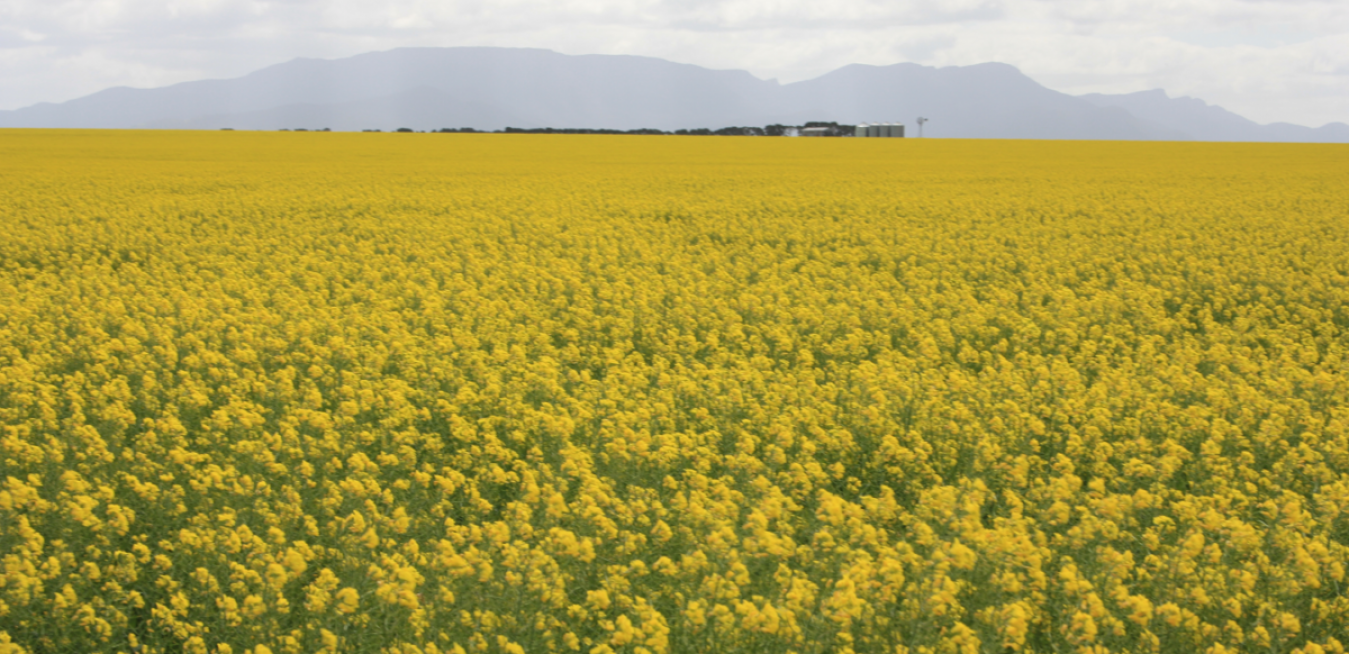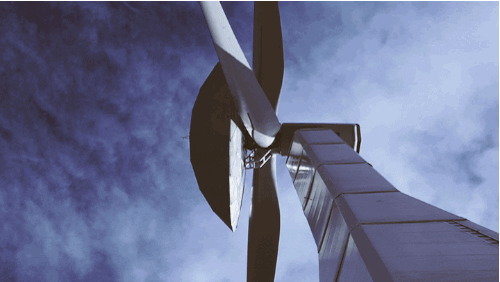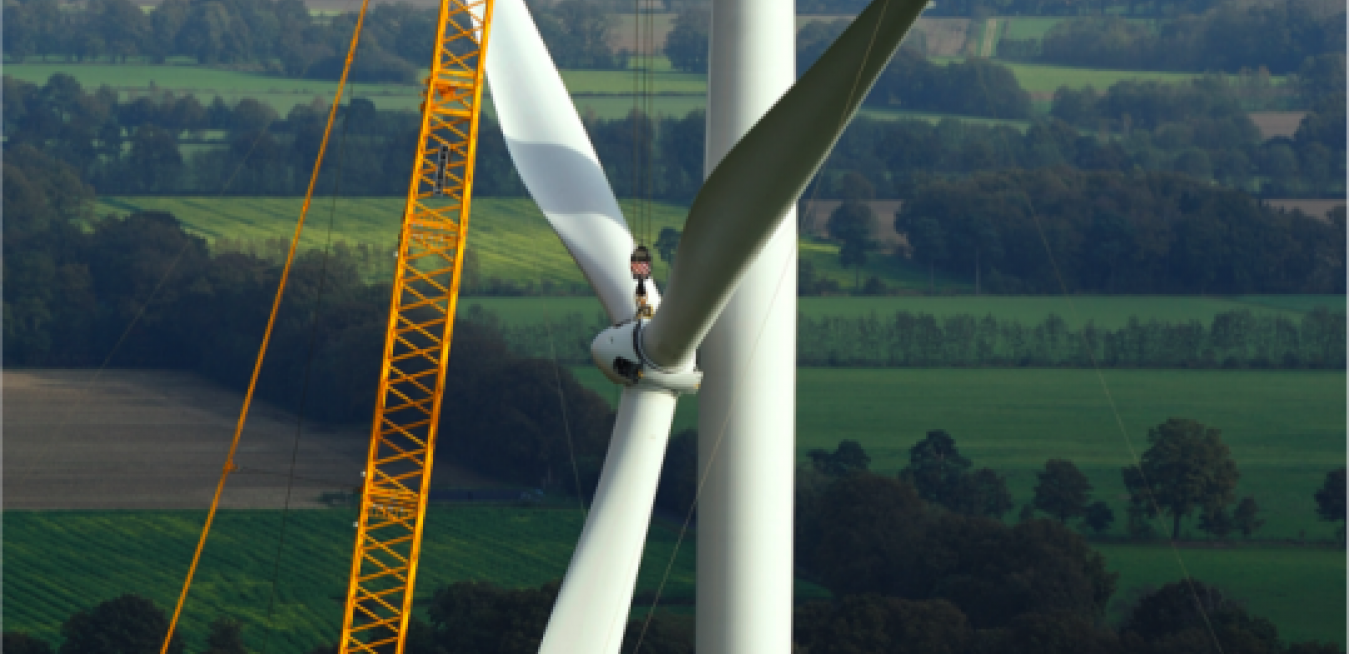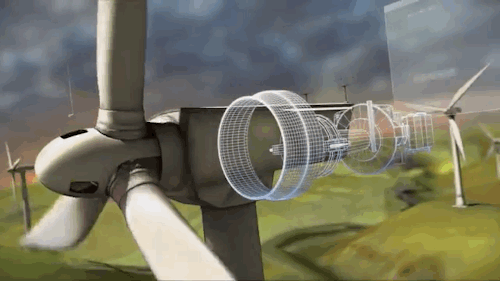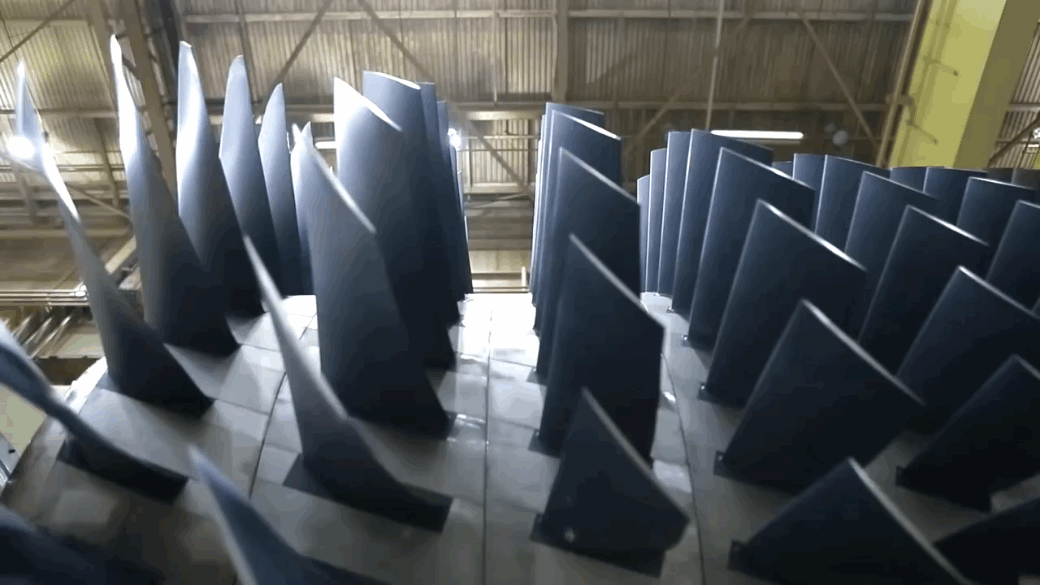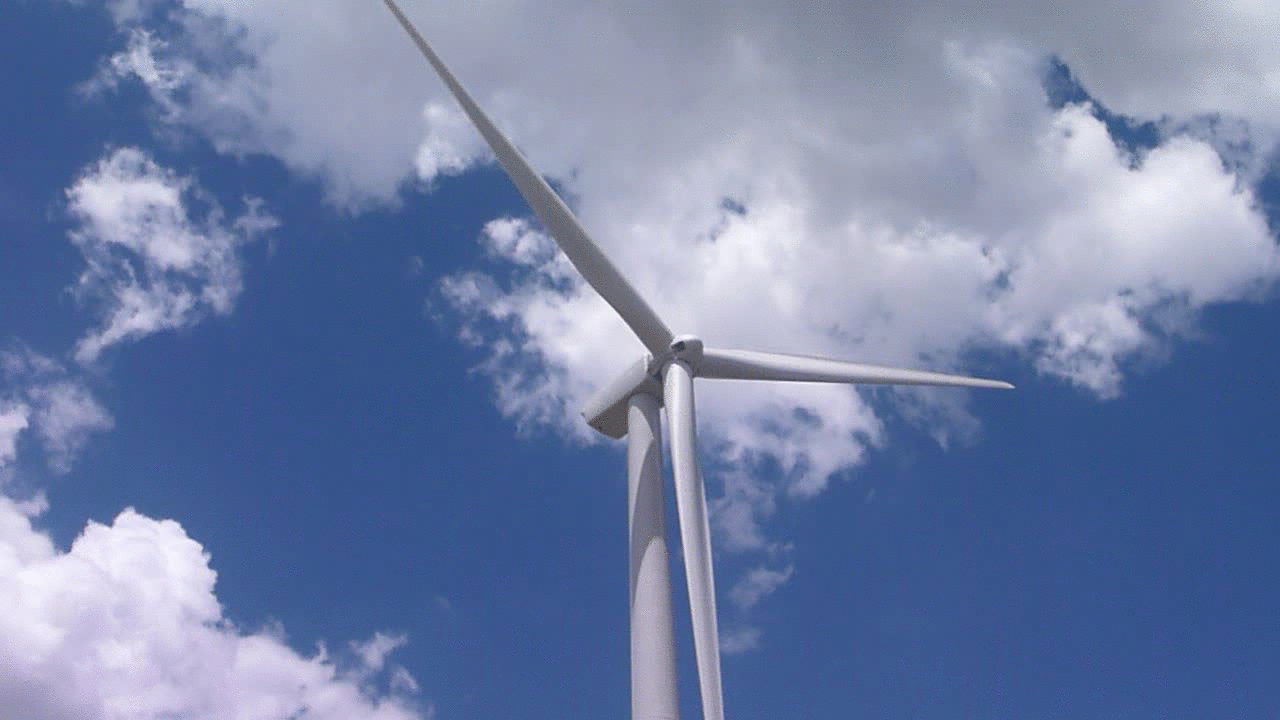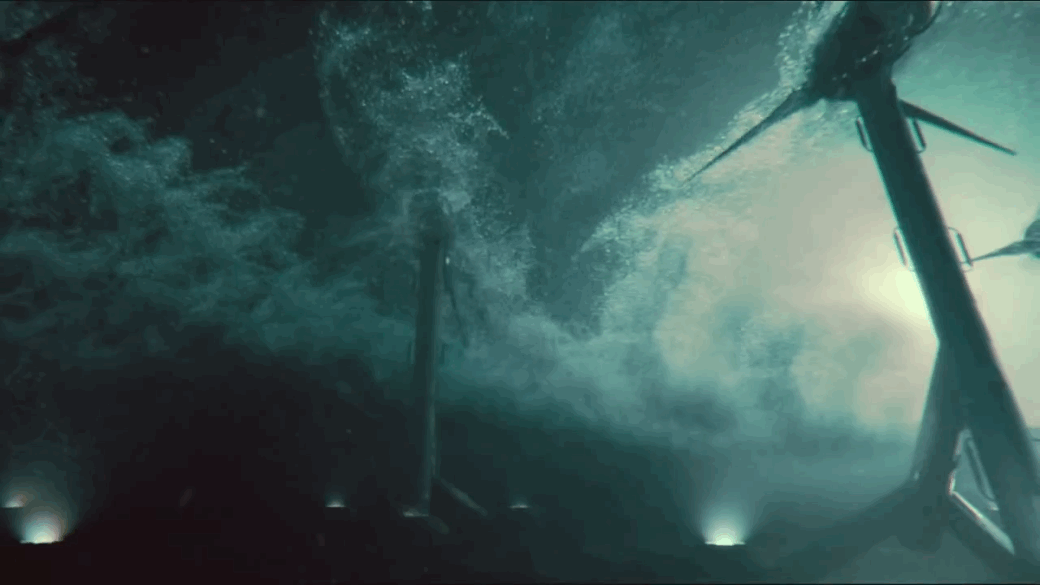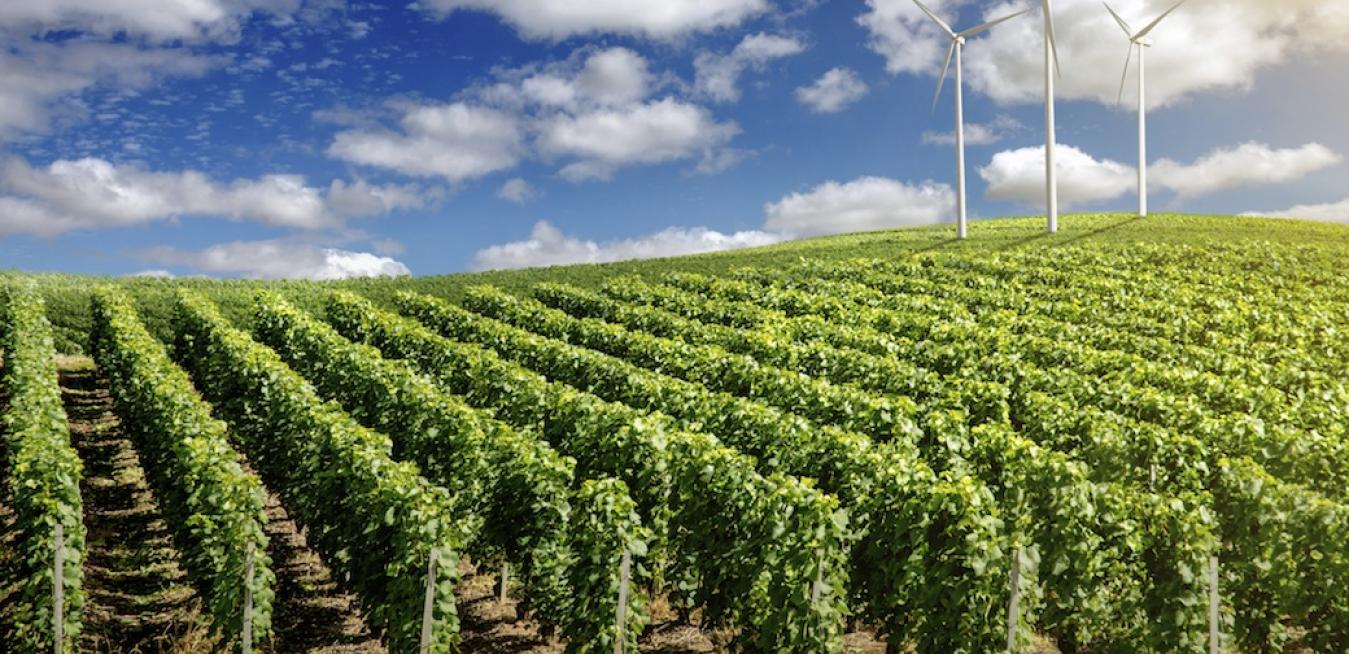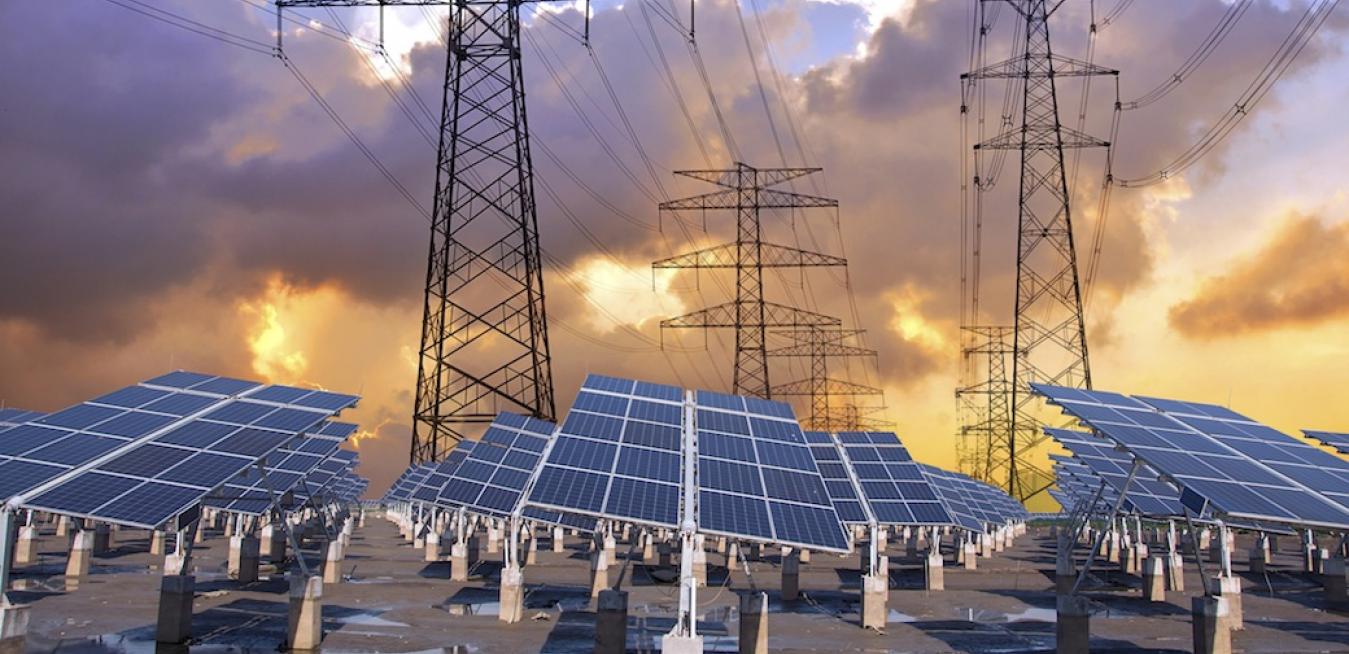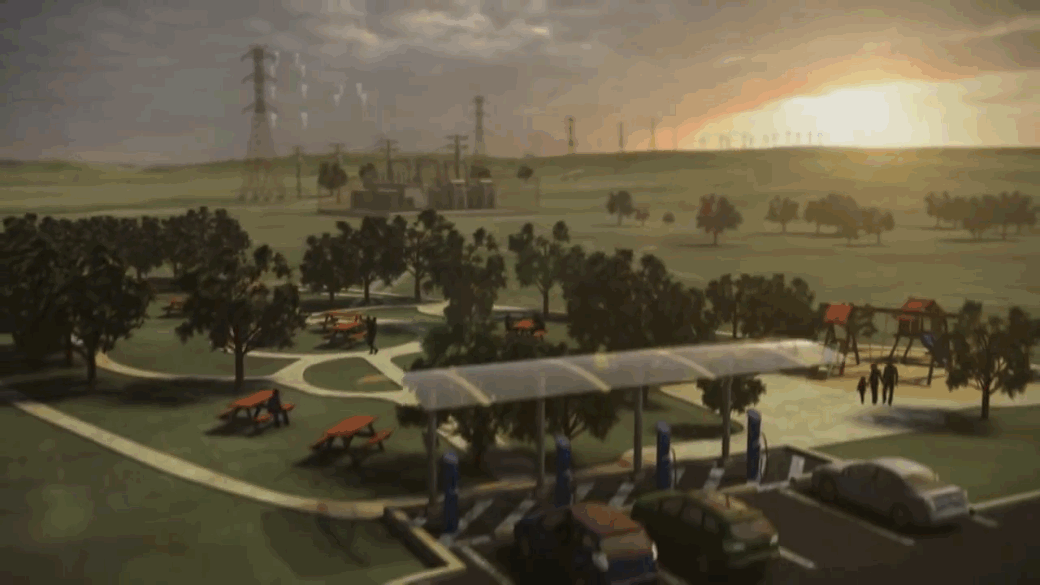Ararat is a badly drought-affected area of south-western Victoria, yet it’s wind rather than water that is bringing hope to the region’s farmers. “I run sheep on just over 1,000 acres, and part of my land is on the Great Dividing Range,” says Mark McKew. “It’s grazing country, not high-quality cropping country. There are lots of hills, and there’s lots of wind up there.”
One such machine is the GE 2.5-120 wind turbine – the numbers stand for 2.5 megawatts in output and 120 meters (393 feet) in rotor diameter. Last year, construction crews installed 14 of them at a wind farm near Rehborn, Germany.
GEreports: What makes some countries better at uptake of renewables than others?
Peter: Typically, without a carbon price renewables are more expensive than fossil fuels, and therefore they need policy support.
More and more companies are using waste products for power generation, thanks to the growth of distributed power.
Not only does electricity generation account for about 40 percent of energy-related CO2 emissions, but the power sector is also expected to play more of a role in reducing the share of fossil fuels in the global energy mix than any other, the International Energy Agency (IEA) explains in its latest World Energy Outlook.
While this approach makes sense — given that climate change is a global issue and market-based national or international solutions would be far less expensive solutions than command and control approaches — an ambitious, binding international treaty has yet to materialize. And here in the U.S., climate change legislation doesn’t look likely for the foreseeable future.
